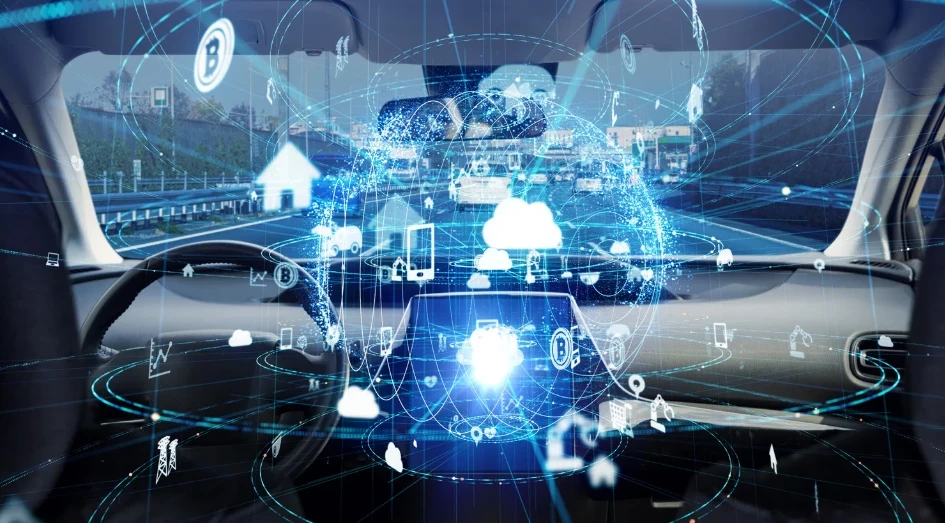Where next for car technology?
Add bookmarkWe respect your privacy, by clicking "Download Your Copy" you agree to having your details passed onto the sponsor who may promote similar products and services related to your area of interest subject to their privacy policy. You have the right to object. In addition, you will receive our e-newsletter, including information on related online learning opportunities. For further information on how we process and monitor your personal data, and information about your privacy and opt-out rights, click here.
Automotive technology waits for no driver. Every day, manufacturers are investing millions of dollars and a gargantuan effort into developing the next technological innovation that will set new models apart from anything that has gone before.
That is why we’re now talking about autonomous cars as a realistic proposition rather than a utopian concept, the stuff of sci-fi movies. We should be overjoyed at the coming revolution in driverless cars.
Computers,
AI, and sensors will replace human drivers. While not perfect, they should
certainly err less frequently than carbon-based life forms. In 2015, there were
35,092 deaths from road crashes in the U.S. (roughly 10 per 100,000
population). Worldwide, that number is 1.3 million. In addition, there are an
estimated 20-50 million non-fatal injuries or disabilities annually. And 9 out
of 10 of them are caused by human fallibility. Arguably, no other cause of
death is capable of being eliminated as effectively as replacing human drivers
with driverless cars.
You can learn more about this infographic at Dryve





















